Aviation
India is currently developing 5 UAVs that it plans to use in the future.
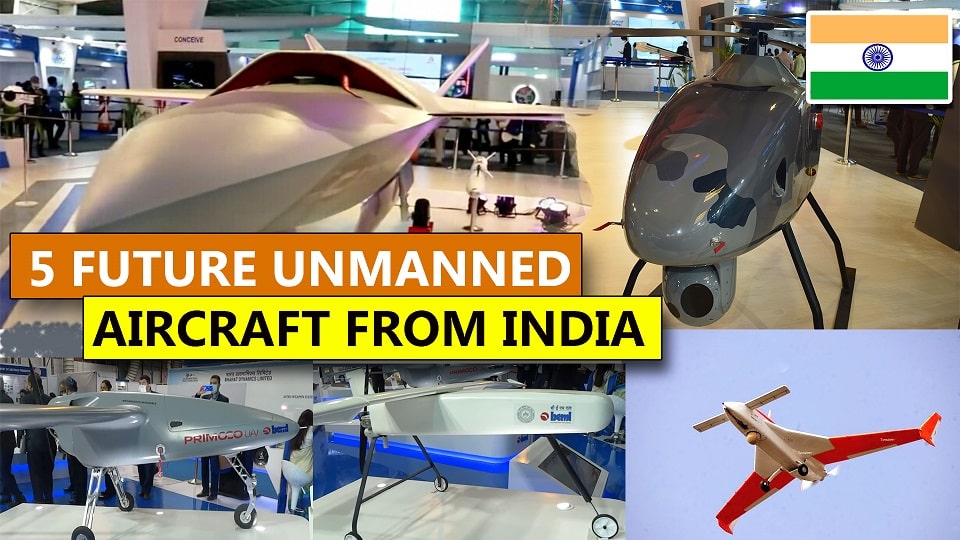
The UAV is appropriate when you enter enemy territory. The pilots don’t have to take a life-threatening mission. These UAVs also give the most recent information on the enemy’s territory. as the majority of nations speed up the development of UAVs and drones.
India is also one of the few nations that own impressive fighter jets. The defence group is now planning to construct an unmanned aerial vehicle.
India is also interested in several defence items, including unmanned aerial vehicles (UAVs), which will be the best-attacking aircraft without losing the pilots. Check out some of the scale models of these unmanned aerial vehicles in the video below.
No 1, RUAV 200.
The Rotary Unmanned Aerial Vehicle, also known as the RUAV200, is a helicopter drone designed for use over difficult terrain.
The conflict in Ladakh with China has made people realize that new technology is necessary for these locations. The main goals of this helicopter drone would be surveillance, reconnaissance, and supplying troops with necessities in hostile environments.
It can fly up to 18,000 feet and will take the place of mules in forward regions that transport troops’ supplies and rations.
It weighs 200kg and has a 100km range with a 30kg payload capacity. Three to four times a day, it will be able to airdrop to base camps in difficult mountainous terrains, and it can also be used for surveillance missions.
No 2, Primoco unmanned aerial Vehicle.
In cooperation with Bharath Earth Movers Limited, it is developing. It is a civilian-use unmanned aerial vehicle that was created and produced in the Czech Republic. The UAV Model 100 had its first flight in July 2015, and full production of the device began in January 2016.
Its main application is in civilian air operations, covering everything from pipeline monitoring and remote infrastructure management to border protection and security. Due to its fixed-wing design, the aircraft has a longer range and is more dependable in bad weather.
This aircraft has a maximum range of 200 kilometres, a payload capacity of 30 kilogrammes, a cruise speed of 150 kilometres per hour, and a flight time of 15 hours.
This aeroplane has numerous sensors and a system for data communication that can be managed remotely. that is driven by the single-engine.
No 3, CATS Warrior
The ability to fly and autonomously hit the goal is what H A L hopes to achieve with this project. As of right now, Boeing and Airbus have developed this kind of unmanned aerial vehicle that may be used for surveillance on border areas as well as carrying guns and ammunition.
The dominant cat is It can either travel 350 kilometres and then turn around to reach the objective directly at a distance of 700 kilometres. The primary fighter aircraft will be merged with the armed drones CATS Hunter and CATS Alpha in addition to the unmanned combat vehicle.
The CATS Alpha glider can accommodate four, eight, sixteen, or twenty-four swarm drones. Alpha is capable of gliding 50 to 100 kilometres into hostile territory and launching a drone swarm attack.
Swarm drone technology is a strategy that involves releasing drones in a group. These drones are not only lightweight and inexpensive, but their advanced artificial intelligence makes them essential in future conflict.
Swarm drones can cause havoc since they are used in deception warfare and radars or air defence systems frequently fail to detect the numerous UAVs.
This airship primarily aids in the transmission of data directly between planes or to the ground. Additionally, after striking the target, it will have the choice of self-destruction.
Currently, the 6th generation fighter jet being developed by Europe and England will allow for wingman competition flights. CAT Alpha will be an identical category of aircraft. Other nations have expressed interest in working with HAL to develop the CAT alpha aircraft.
No 4, Tactical UAV
It was created in collaboration with the BEML and the Indian Institute of Technology, Kanpur.
It is operated by a hybrid engine and can carry a payload of up to 2 kg and a maximum take weight of about 25 kg. It can operate with a 200 km range and has an 8-hour flight endurance.
Additionally, it can work between minus 10 and 55 degrees Celsius.
This unmanned aerial vehicle can be employed for a variety of purposes. preventing the pack drops and local surveillance.
No 5. Rustom.
Another significant unmanned aerial vehicle that has been developed by the Defense Research and Development Organization and is now in production is known as Rustom. With a wingspan of 26 feet and a weight of 720 kg, Rustom-1 will be launched conventionally rather than using a launcher like the DRDO Lakshya. Rustom will have a range of cameras and radar for surveillance, and it will be able to see hostile territory up to a distance of 250 km (160 mi).
It travels at a speed of 150 km/h and can fly for 15 hours. It can transport 95 kg of payload to any remote location for usage in multiple services.

Aviation
Boeing, Antonov to Collaborate on Defense Projects
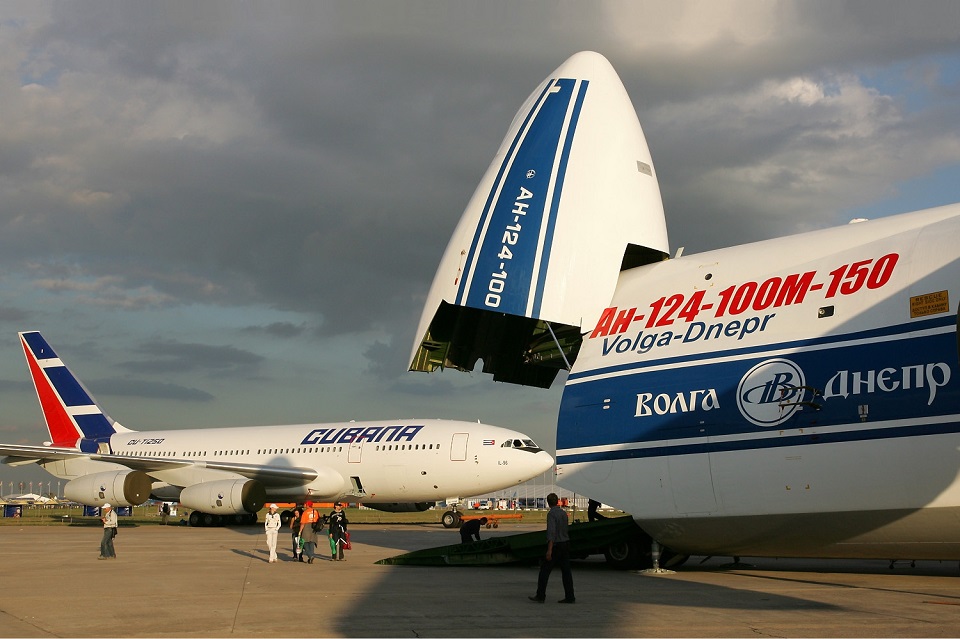
– MOU represents Boeing’s commitment to work with Ukrainian industry
– Includes exploring opportunities for collaborating on in-country support of Unmanned Aerial Systems
A Memorandum of Understanding was signed today by Boeing and Antonov Company to investigate potential collaboration on defense-related projects.
“We’re happy to keep collaborating with the Antonov Company to help Ukraine’s economic development and expansion,” stated Ted Colbert, CEO and president of Boeing Defence, Space, & Security.
Airbus and the Antonov An-225: The Best Partnership:Click here
“This agreement demonstrates our ongoing efforts to find more opportunities to work with Ukrainian industry, which was underscored by our signing of the Ukrainian Defence Industry Compact earlier this year.”
The areas of potential collaboration identified in the agreement consist of training, logistical support and overhaul services for tactical Unmanned Aerial Systems utilized by the Ukrainian Armed Forces, which includes the ScanEagle. In addition, the companies will also explore opportunities for Antonov to provide engineering support to Boeing.
The six largest cargo aircraft ever built in the aviation industry:Click here
“A strong, innovative, and efficient defense industry is key to sustainable economic development and national security, and we are extremely excited to collaborate with Boeing,” said Ievhen Gavrylov, CEO of Antonov Company.
This agreement brings a whole new level of opportunity to implement the latest and most effective solutions – in addition to the possibility of future projects with Boeing in the aerospace and defense industry.”
-
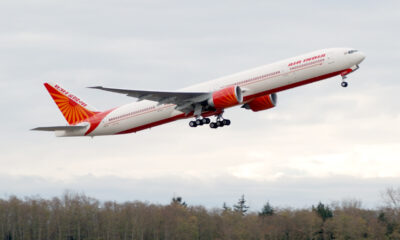
 Travel1 week ago
Travel1 week agoAir India to Expand US Operations with Three New Routes After a Decade
-

 Travel2 weeks ago
Travel2 weeks agoWhy We Should Avoid These Stamps in a Passport
-

 Airlines1 month ago
Airlines1 month agoInvestigations Reveal Fake Chinese Titanium in Boeing and Airbus Jets
-

 Tech4 weeks ago
Tech4 weeks agoChina’s CATL Plans 1,800-Mile Electric Plane Launch by 2027
-
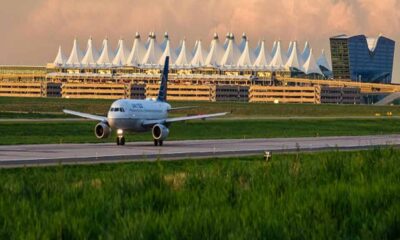
 Airport3 days ago
Airport3 days agoTop 10 Largest Airports in the World by Size
-
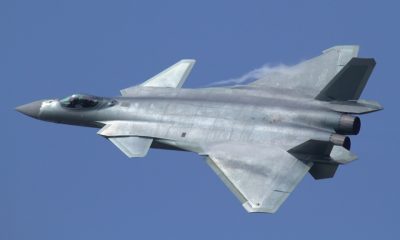
 Aerospace4 weeks ago
Aerospace4 weeks agoChina’s Fighter Jets Turn Wings into Autonomous Drones
-
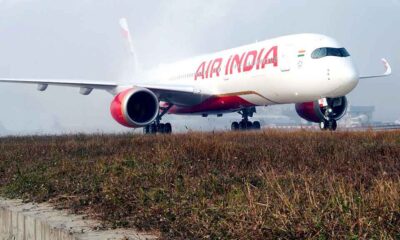
 Airlines4 days ago
Airlines4 days agoAir India Rolls Out A350s for Delhi-New York JFK and Newark Routes
-
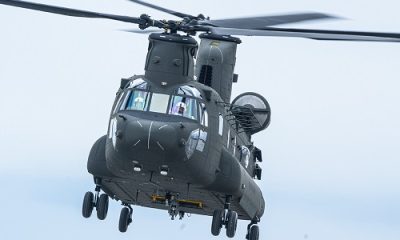
 Defence3 weeks ago
Defence3 weeks agoBoeing Enhances Chinook with New Engines and Block II Upgrades at $96 Million







